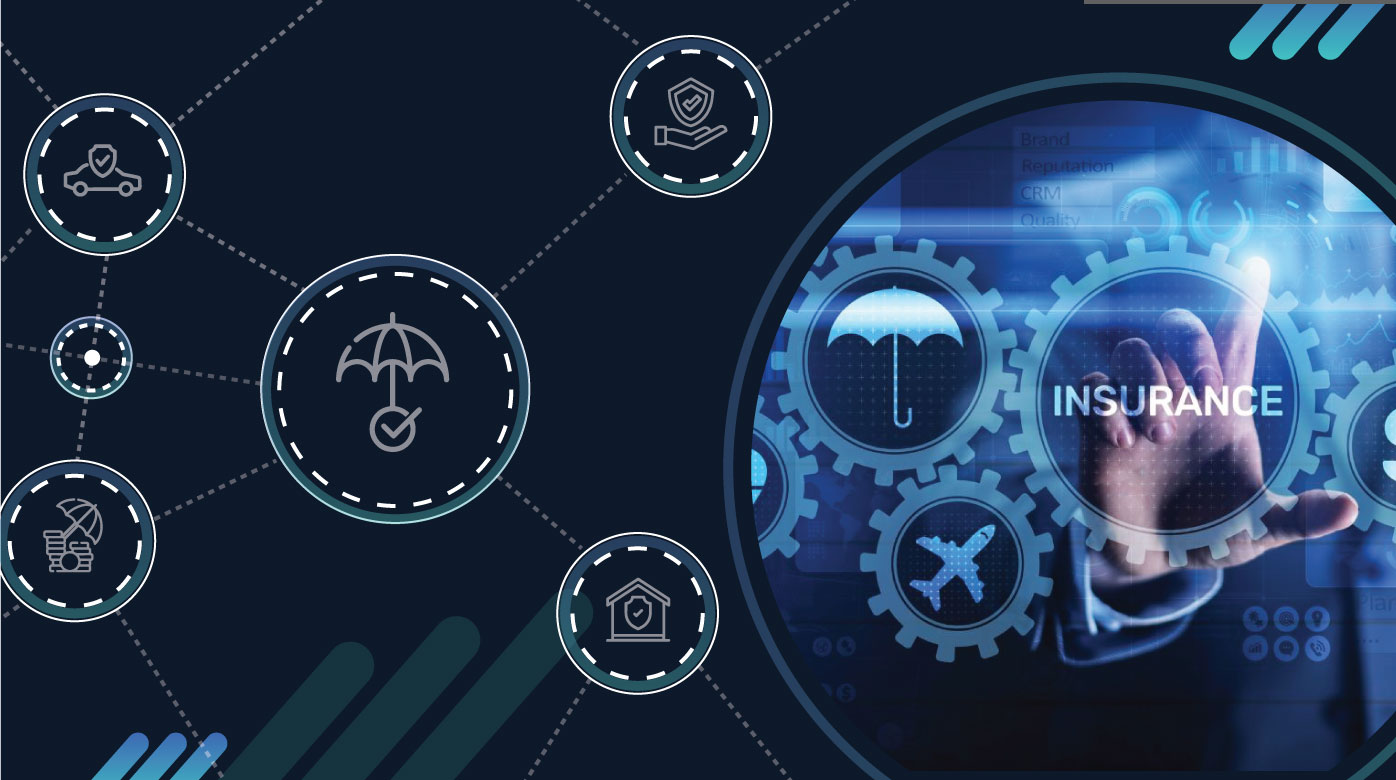Blog Details
Hyper-Personalization in Insurance: Revolutionizing the Customer Journey
Hyper-personalization in CRM for insurance is the future, and it’s already here. It’s the way we interact with the world around us.
It’s a typical day, and you’re browsing through your favorite online store, looking for a new pair of running shoes. As you scroll through the options, you notice something intriguing – a personalized recommendation that feels like it was handpicked just for you. This isn’t your average suggestion; it considers your preferred running style, past purchases, and even the local weather forecast. In an instant, an emotional bond forms with the brand, a reassuring acknowledgement of their profound comprehension of your distinct inclinations and prerequisites.
Now, imagine experiencing this level of hyper-personalization in the insurance industry. Insurers today have a remarkable opportunity to reinvent the rules of customer engagement, leveraging data and technology to deliver tailored solutions that cater to your well-being and financial goals. Welcome to the age of hyper-personalization in insurance CRM, where you are not just another policyholder but a valued individual with specific needs and aspirations.
The Role of Data and Technology
Data lies at the heart of hyper-personalization. Insurers need to invest in generating a data pipeline that captures insights from multiple sources, such as customer relationship management data, web and marketing data, channel interaction data, household data, and claims and fraud data. Graph databases can provide a holistic perspective of customers, an understanding of their unique requirements.
Hyper-personalization is powered by a decision engine that processes the 360-degree view and identifies signals or triggers indicating the context of customers. AI and machine learning identify potential next best actions, including communications, content, offers, and services. These actions are then prioritized based on business policies set by the insurer and customer consent.

A leading insurer using hyper-personalization to revolutionize its customer approach. By analyzing past claims, the insurer identifies relevant products. They then send personalized offers—like combined home and auto insurance—at attractive rates.
Reorienting the Organization toward Customers
Traditionally, insurers have been organized around the sale of individual products, but hyper-personalization requires a shift toward customer-centricity. This involves rethinking various aspects of the business, such as sales incentives, product development, underwriting processes, and marketing goals, all from the customer’s perspective. Organizations must map out the entire end-to-end customer journey to achieve hyper-personalization and align the next-best actions accordingly. A governance process, led by an enterprise owner focused on customer needs, helps prioritize the library of potential actions and ensures an agile organization that continuously updates and revisits recommendations.

A UK-based insurance company that has been reorienting its organization toward customers in recent years. One of the ways they have done this is by creating a new customer-facing division. This division is responsible for developing and delivering digital products and services that meet the needs of its customers.
The Path to Long-term Value
Forward-thinking insurers recognize that embracing hyper-personalization and shifting to a customer-centric approach will drive long-term value. By investing in data, technology, and agile processes, insurers can deliver personalized experiences that build trust, enhance customer engagement, and lead to sustained growth in an increasingly digital-oriented world.
By 2025, 80% of insurance firms will leverage AI-driven hyper-personalization to provide real-time, tailored customer experiences.
Hyper-personalization is not an isolated initiative but a fundamental change in the way insurers engage with customers. Embracing this approach requires a multi-faceted strategy, including data investment, fit-for-purpose technology deployment, organizational reorientation, and a shift to a customer-centric approach. Forward-thinking insurers that embark on this journey will be better positioned in the digital-oriented world, delivering long-term value and fostering lasting customer relationships. As the insurance landscape continues to evolve, hyper-personalization emerges as a key driver of success, benefiting insurers, and customers alike.


